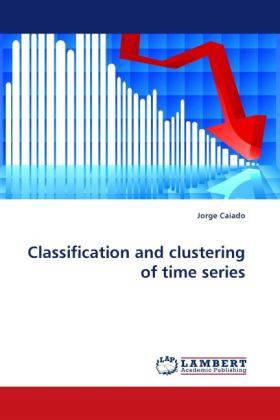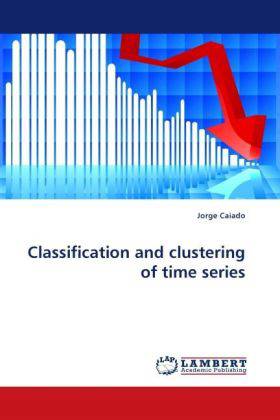
- Afhalen na 1 uur in een winkel met voorraad
- Gratis thuislevering in België vanaf € 30
- Ruim aanbod met 7 miljoen producten
- Afhalen na 1 uur in een winkel met voorraad
- Gratis thuislevering in België vanaf € 30
- Ruim aanbod met 7 miljoen producten
Zoeken
Omschrijving
Classification and clustering of time series is becoming an important area of research in several fields, such as economics, marketing, business, finance, medicine, biology, physics, psychology, zoology, and many others. For example, in economics we may be interested in classifying the economic situation of a country by looking at some time series indicators, such as Gross National Product, disposable income, unemployment rate or inflation rate. In this book, we propose new measures of distance between time series based on the autocorrelations, partial and inverse autocorrelations, and periodogram ordinates. The use of both hierarchical and nonhierarchical clustering algorithms is considered. We also introduce time and frequency domain based metrics for classification of time series with unequal lengths. As economic applications, we present two illustrative examples. The first uses economic time series data to identify similarities among industrial production series in the United States. The second applies the interpolated periodogram based method for classifying time series with unequal lengths of industrialized countries.
Specificaties
Betrokkenen
- Auteur(s):
- Uitgeverij:
Inhoud
- Aantal bladzijden:
- 208
- Taal:
- Engels
Eigenschappen
- Productcode (EAN):
- 9783838341811
- Verschijningsdatum:
- 24/06/2010
- Uitvoering:
- Paperback
- Formaat:
- Trade paperback (VS)
- Afmetingen:
- 152 mm x 229 mm
- Gewicht:
- 312 g

Alleen bij Standaard Boekhandel
+ 155 punten op je klantenkaart van Standaard Boekhandel
Beoordelingen
We publiceren alleen reviews die voldoen aan de voorwaarden voor reviews. Bekijk onze voorwaarden voor reviews.











